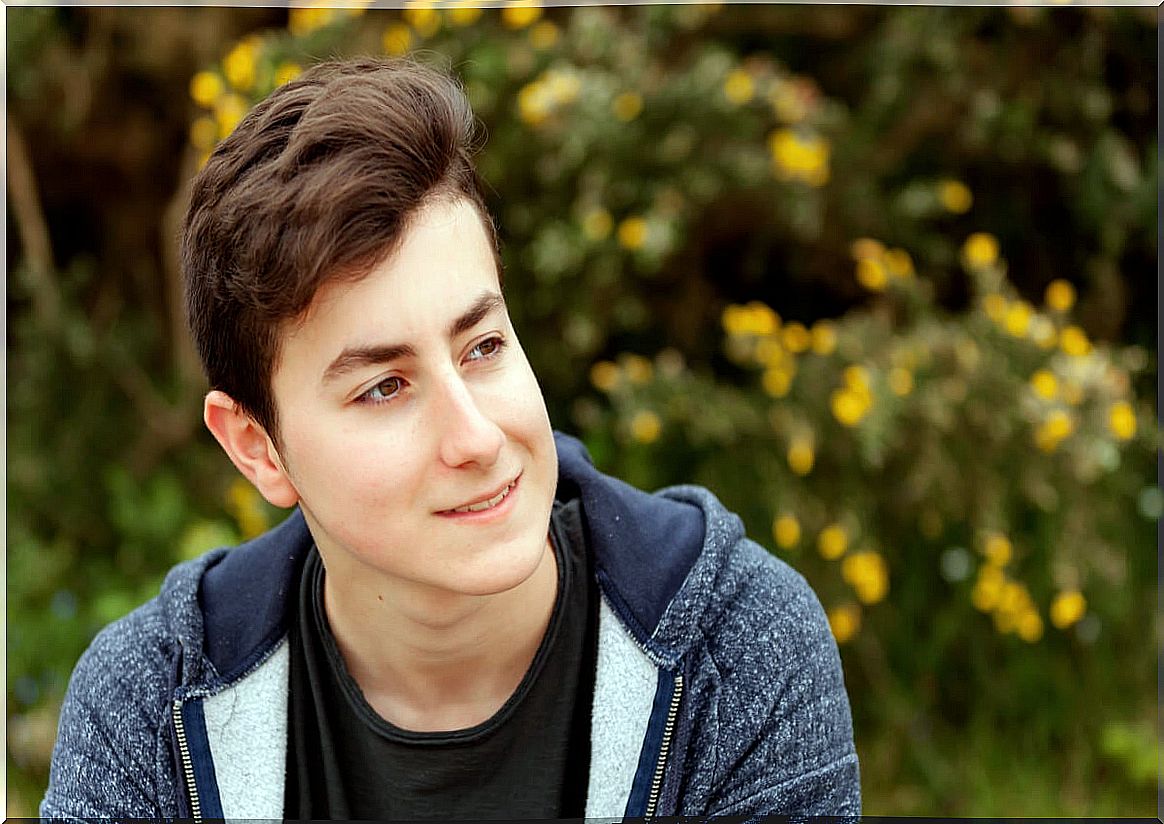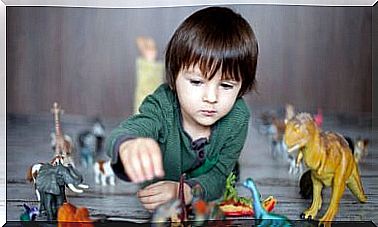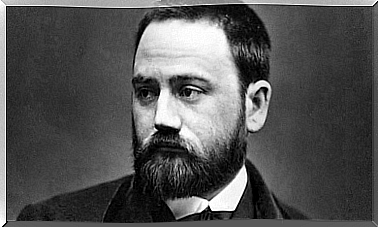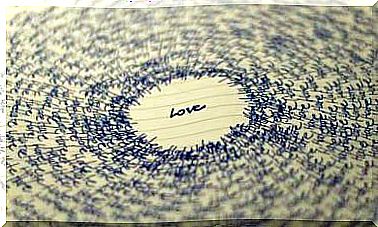The Development Of Formal Thinking (characteristics And Examples)

Formal thinking is part of the theory of cognitive development, elaborated by the Swiss psychologist, epistemologist and biologist Jean Piaget. This theory is a comprehensive theory about the nature and development of human intelligence.
Piaget describes, through it, up to 4 stages: the last one is the stage of formal thought. This type of thinking appears in early adolescence, around the age of 11.
Formal thinking allows the adolescent to begin to develop increasingly complex hypotheses of reality that are based on the future. In addition, the adolescent begins to be able to think beyond the immediate present, which allows him to project himself into a future reality.
The development of formal thought
Formal thinking is a stage of cognitive development that begins in the early teenage years. This stage is characterized by the ability to get out of the concrete present and by the ability to begin to make abstract representations of reality.
Jean Piaget was the first to speak of formal thought. According to him, it is a milestone that the vast majority of us reach, regardless of the social and educational context.
As a rule, we enter the stage of formal thinking at the beginning of adolescence (according to the author, adolescence ranges from 11 to 20 years). It is configured as the last cognitive stage in which we adults develop (before they came: sensorimotor development, preoperational thinking and that of concrete operations).

Childhood: thinking based on the “here and now”
When children are young, they live in the “here and now.” His reality and his thought merge in a single moment, which is the present. Thus, when they have to elaborate thoughts or reasoning, they rely on this present to do so.
“They do not go further” and it is normal, it is the stage of cognitive development in which they are. However, as the years pass and they grow, they develop the ability to establish mental operations combining different times ; They can now use their imaginations fluently to travel back and forth and connect seemingly very district events.
Formal thinking: going beyond present reality
In this way, they enter the stage of formal thought. In it, they acquire the ability to make hypotheses that go beyond what their eyes see. They begin to do analysis and to elaborate thoughts beyond that current reality. In this way, they no longer only use what they see (which they also), but also what is not in front of them.
In addition, they also use natural laws to understand and explain certain phenomena.
To understand it better, let’s take an example: imagine that it rains. A small child can give the following explanation: water falls from the sky because there are clouds, while an adolescent (who already has a formal thought) could go beyond what he sees, try to find an origin in what his senses have not. perceived.
Characteristics of formal thought
Jean Piaget and Bärbel Inhelder, a Swiss psychologist, were leaders in the study of formal thought. They talked about some important characteristics in this cognitive stage, and they are the ones that we are going to refer to.
According to them, it is in adolescence when our brain flexibility allows new brain processes to be activated. These new processes help us to generate new theories and opinions on various topics.
It is the moment in which the adolescent is able to begin to elaborate abstract hypotheses that may, in the future, be contrasted with reality.
The importance of language
Formal thought develops and language acquires an increasingly relevant role. Adolescents no longer reason only about physical aspects of reality, but also about aspects related to language.
Complex statements
Through formal thinking, adolescents are also capable of understanding complex sentences (something that did not happen in childhood). In the same way, they are capable of elaborating, themselves, also more complex and abstract statements.
Through them, they can describe reality in more detail; for example, through subordinate and conditional sentences.
Problem resolution
Formal thinking, according to Piaget and Inhelder, is also helpful in solving problems. Thus, it is a type of thinking that allows access to the information that is needed, organize it and discard what is not relevant, for example, trying to predict what will happen in the next few days.

Predictions and hypotheses
As we said, in this cognitive stage the analyzes that are carried out are no longer based only on what our eyes see, but on what one is capable of imagining, hypothesizing or predicting. In addition, it is no longer only behavior or people that are analyzed, but also feelings and emotions. This implies “going beyond” what is seen.
For example, a child may say that he loves his siblings because they are from his family; An adolescent can say this and include that they also value aspects such as the support they offer, their love and affection, their understanding, etc.
With it we acquire mental flexibility and we are able to understand (and elaborate) increasingly complex sentences. It is a useful thought to solve problems that also allows us to have abstract ideas, as well as “possible” ideas and not only “real” ones.








